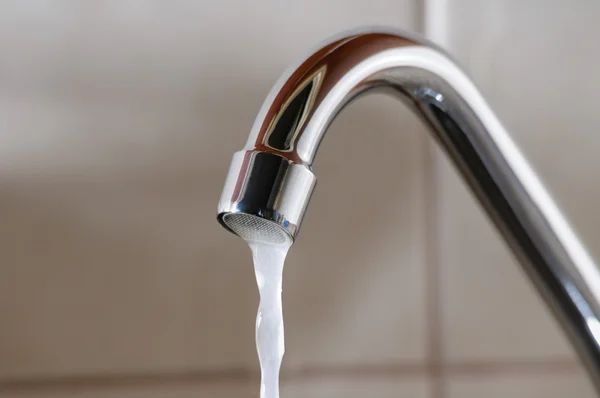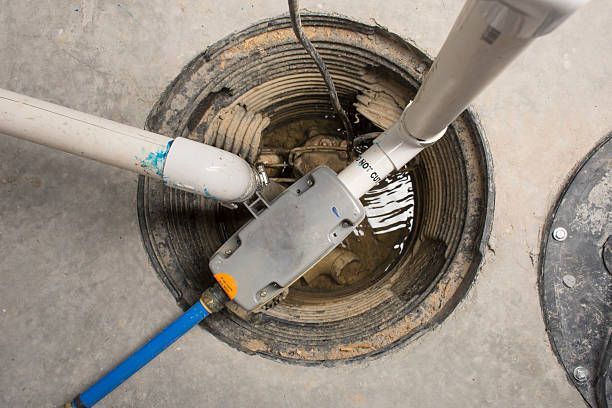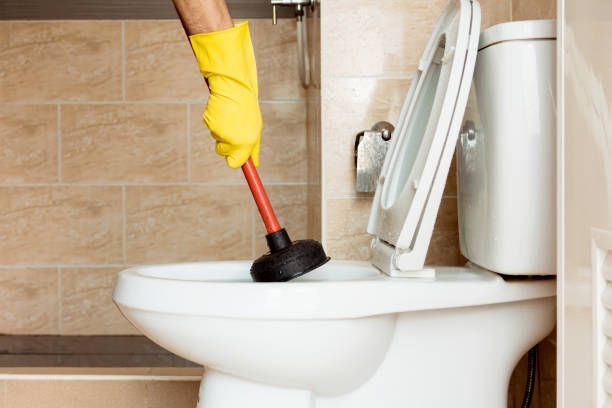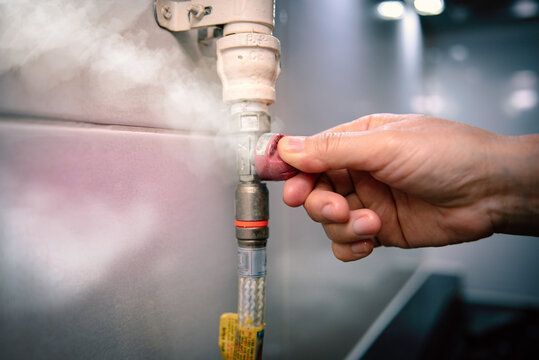Troubleshooting Low Water Pressure: A DIY Guide for Homeowners
Unlocking Solutions for Weak Water Flow: A Comprehensive Guide to Tackling Low Water Pressure Woes

Troubleshooting Low Water Pressure: A DIY Guide for Homeowners
Are you frustrated by weak water flow from your faucets or showerhead? Low water pressure can disrupt daily tasks and diminish the enjoyment of your home. However, before calling a plumber, there are several steps you can take to diagnose and potentially resolve the issue yourself. In this guide, we'll walk you through common causes of low water pressure and simple DIY solutions to restore optimal flow to your home.
- Check for Water Pressure Throughout the House
Start by testing the water pressure at various fixtures throughout your home. Turn on faucets in the kitchen, bathroom, and any other areas with plumbing. Note any areas where the water flow seems weaker than usual.
- . Inspect the Pressure Regulator
The pressure regulator controls the flow of water entering your home from the main water line. If it's malfunctioning or set too low, it can result in decreased water pressure throughout your house. Locate the pressure regulator near your main water shut-off valve and adjust it according to the manufacturer's instructions. If you're unsure how to proceed, here's a helpful how to video:
https://www.youtube.com/watch?v=JJ5mv7lhyFI
- Check for Leaks
Leaking pipes can significantly reduce water pressure in your home. Inspect visible pipes for signs of leaks, such as damp spots, mold, or water stains. Pay close attention to areas under sinks, behind toilets, and in the basement or crawlspace. If you discover a leak, repair it promptly to prevent further water loss and damage.
- Clean Faucet Aerators and Showerheads
Mineral deposits and sediment can accumulate in faucet aerators and showerheads over time, obstructing the flow of water. Remove aerators and showerheads and soak them in vinegar overnight to dissolve mineral buildup. Use a toothbrush or small brush to scrub away any remaining debris before reinstalling them.
- Check for Obstructed Pipes
Obstructions in your plumbing system, such as debris or mineral buildup, can restrict water flow and cause low water pressure. Inspect accessible pipes for signs of blockages, paying particular attention to areas where pipes connect or bend. If you identify a blockage, clear it using a plumbing snake or pipe cleaning solution.
- Test the Pressure Relief Valve
If your home has a pressure relief valve, test it to ensure it's functioning correctly. Follow the manufacturer's instructions for testing and maintenance to prevent potential safety hazards and maintain optimal water pressure.
- Consult a Professional Plumber
If you've tried the above steps and are still experiencing low water pressure, it may be time to consult a professional plumber. They can conduct a thorough inspection of your plumbing system, identify any underlying issues, and recommend appropriate repairs or replacements.
- By following these DIY tips, you can troubleshoot low water pressure issues in your home and potentially restore optimal water flow without the need for professional assistance. However, if you're unsure or encounter complex problems, don't hesitate to seek help from a qualified plumber to ensure your home's plumbing system operates efficiently and effectively.
You might also like
Book a Service Today
We will get back to you as soon as possible
Please try again later
Quick & Reliable
We are available 24/7 via email or telephone
Location
Call
New Paragraph
Navigation
Services

All Rights Reserved | Company Name | Powered by Snapps
Disclaimer: This site functions to generate leads for businesses in the High Point area


